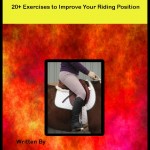Winter Horse Training Program – What is your horse training goal?
Have you had a good show season? (let’s hope so)
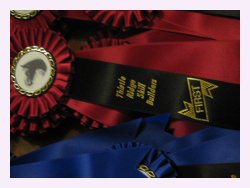
Even though your season is (almost) over you should have a plan to keep things going through the fall and the winter months. Now is the time to plan that.
Most people think about the run up to the show season and then after the season is over, take a break and put their horses “on the shelf” until they need to think about the start of their new show season.
I’m here to tell you – NOT!
Horse Riding and Training All Year
Your riding and training schedule should include a YEARLY program. That doesn’t mean that you have to be regimented about it but you should have a plan to develop you and your horse based on your previous season and where you would like to be next season.
The main question to answer is –
What is your horse training goal?
Having an idea of where you would like to be is always a good idea. Think of it as a road map or GPS system for your riding and training. If you want to go on a holiday, and drive to Florida, you would probably get out a map or GPS of some sort to help you get there.
Same with your riding/horse training goals.
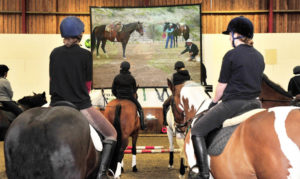
You need a destination.
A place to aim for.
A goal.
Breaking Down Your Horse Training Goals
Once you have your destination or goal you can then break it down to how to get there.
For example if you want to make it to high point equitation for the year end awards, that is you goal. Your destination. Your horse riding outcome. Now what?
Step 1
First thing you must do is determine the points required and shows required to be eligible for the year end awards. These go, RIGHT NOW on your calendar for next season. Don’t wait put these on your horse show calendar. These are a MUST HAVE.
Step 2
Make a list of the skills that are required to perform in your specific equitation division. Review the specifications for your division.
For example, Hunter Equitation may have different objectives than a Jumper Equitation. Some of these horse riding objectives may include things like;
- efficient roll back turns
- balanced correct pace within time allowed
- bending lines.
Step 3
Make a list of your horse riding objectives specifically related to your horse riding goals for the season. These are measurable quantifiable skills that you develop and improve over time. Make a list of 10 things you would like to improve. You can, if you like make more. For example, a few of your riding objectives might be:
- getting to the correct takeoff spot
- riding balanced turns
- controlling horse show nerves.
For this part it may be necessary to get the help of your trainer or knowledgeable friend to help point out some of your strengths and weak points to work on.
Also there is a horse component in this part. Your horse has to be healthy, be able to perform the skills. If your goal is to jump in the 1.20m jumper but you are riding a 3 year old greenie, that is unrealistic and your horse needs to be able to do the task.
Now let’s get to work.
Take your list of your horse riding objectives in step 3 and rate them. Rate them from 1 – 10, with 1 being poor performance and 10 being absolutely the best thing in the world.
For example, from our three objectives from Step 3:
- Getting to the correct take off spot – Realistically how often do you get to the correct take off spot? do you get them ALL THE TIME? most of the time? or some of the time? Let’s say you get seven take off spots correctly out of ten jumps you jump. Then you would get a score of 7 for that objectives.
- Riding balanced turns – How often do you think you ride a balanced turn? Do you let the horse glide around the turn, or do you actually ride the horse and perform a balanced turn. Give yourself a score, or have someone help you out. Say it is a 6. Your turns are ridden well most of the time.
- Controlling horse show nerves – are you a blubbering mass of butterflies before a show and can not deal with a bad ride or can you rise to the occasion? give yourself a great score if you can consistently turn yourself around after a bad class or un-planned show mishap. Likewise, a lower score if you find it difficult to control your horse show nerves and emotions.
Already you can see that you are able to point out where you need to do some work. Just take a glance at your list of ten, where do you need to do some work.
Keeping Track
Now that you have a starting point you can develop a plan for the objectives you need to develop. You can see where your work needs to be done. Taking our example once again, getting to the correct take off spot, you can now develop strategies and exercises to help you improve this area of your riding.
The first step is to identify where your weak areas are, then design your program around developing and strengthening your weak areas.
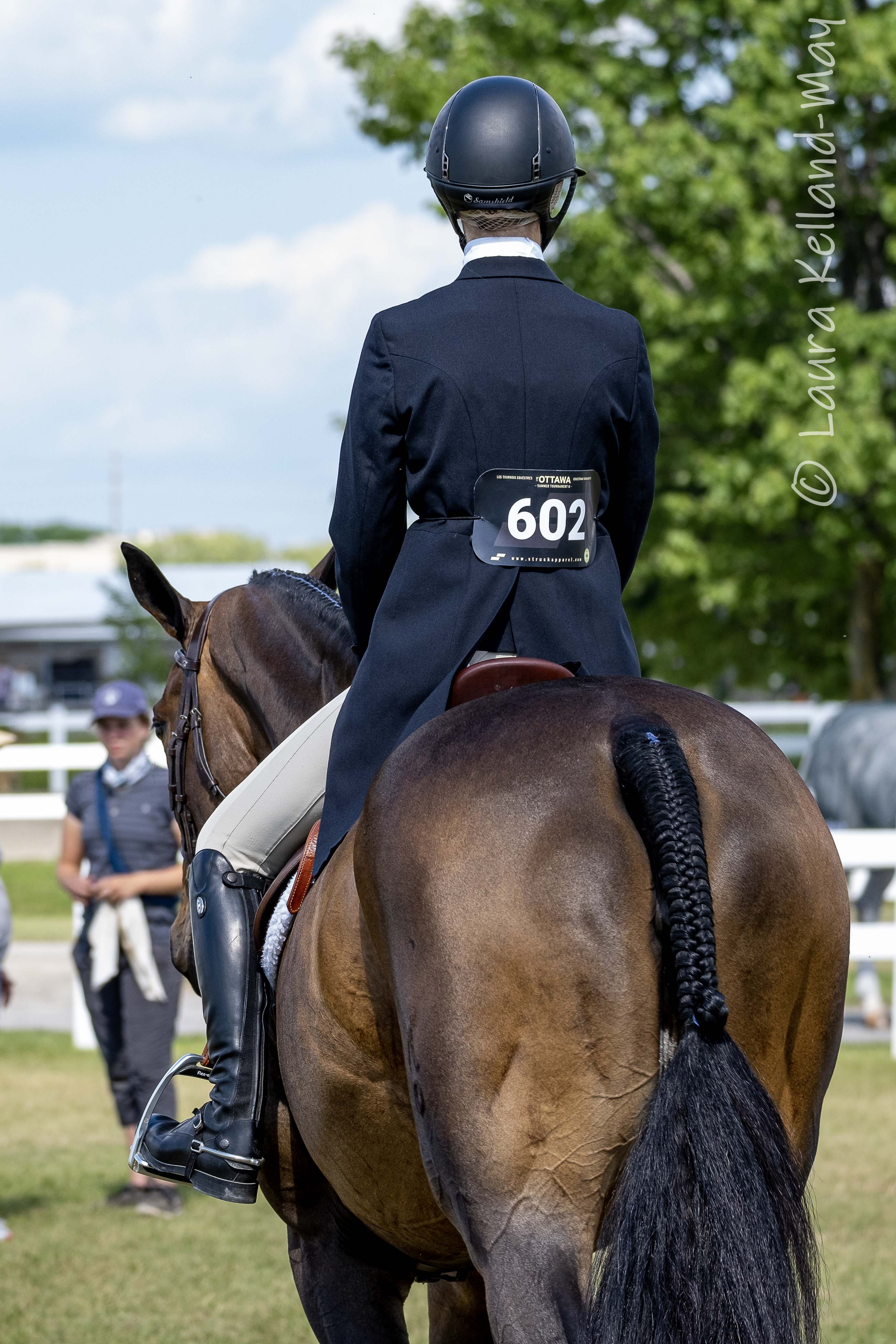
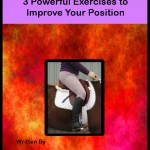 Try these three powerful exercises to get strengthen your position.
Try these three powerful exercises to get strengthen your position.
